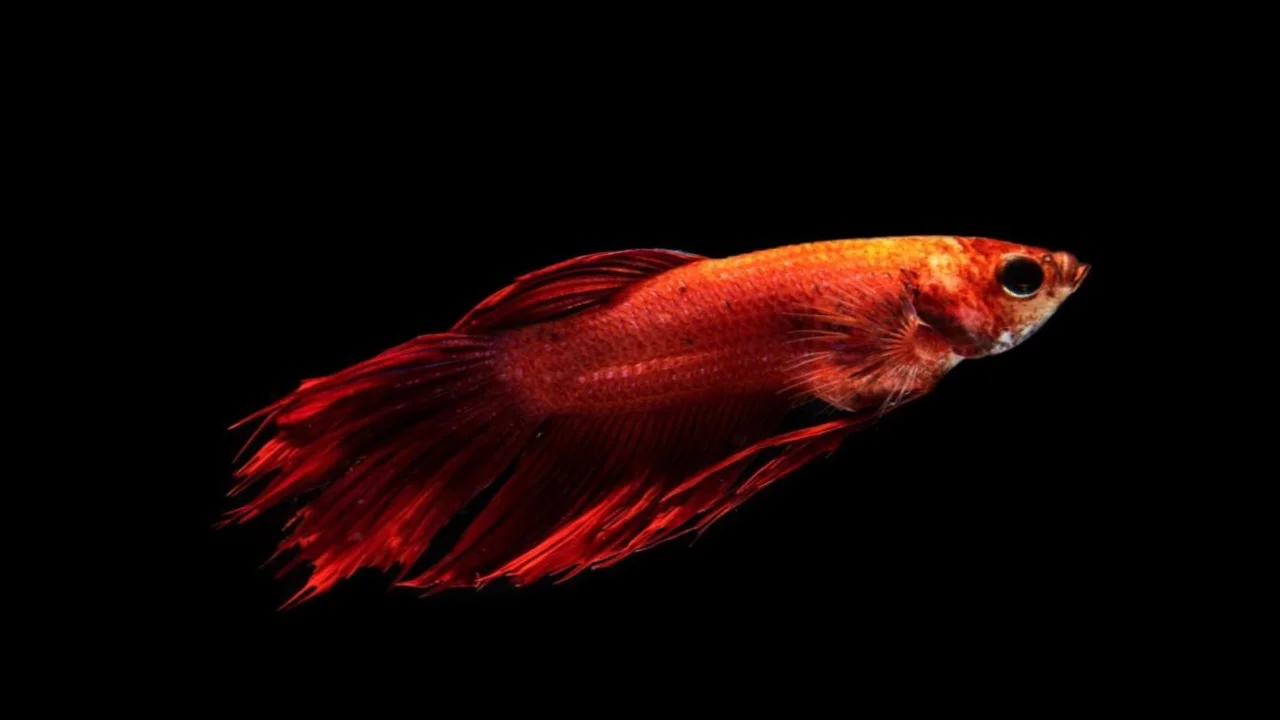Goldfish are fascinating creatures that have captured the hearts of pet owners around the world. With their vibrant colors and graceful movements, they bring life to any aquarium or pond. But have you ever wondered do goldfish sleep? Do they take naps like we do? In this article, we will delve into the sleep patterns of goldfish and explore the intriguing world of their slumber.
Introduction to Goldfish Sleep Patterns
Sleep is a fundamental aspect of life, and it is no different for our aquatic friends. Like humans, goldfish need rest to rejuvenate and maintain their health. However, their sleep patterns differ significantly from ours. Goldfish do not experience the same deep sleep cycles that humans do. Instead, they have a more relaxed state of rest, often referred to as “restful wakefulness.”
Understanding Sleep in Fish
To understand goldfish sleep, we need to look at how sleep is defined in the animal kingdom. Sleep is generally characterized by a reversible state of reduced responsiveness, increased threshold to external stimuli, and a characteristic posture. In humans, this is often observed as lying down and closing our eyes. However, fish, including goldfish, have a different way of achieving this state.
Do Goldfish Sleep? The Scientific Perspective
Scientific research on goldfish sleep patterns is limited, but studies suggest that goldfish do indeed sleep, albeit in a different manner than humans. Unlike mammals, goldfish do not have eyelids to close, so their eyes remain open even during sleep. They enter a state of rest where their activity levels decrease, and they become less responsive to their environment.
Signs of Sleep in Goldfish
So, how can we tell if our goldfish is asleep? One common sign is a decrease in movement. During sleep, goldfish tend to stay still or move very slowly. They may also settle at the bottom of the tank or pond, resting on the substrate or a plant. Another indicator is a reduction in response to external stimuli. When you approach the Godlfish tank or make sudden movements, an awake goldfish would quickly react. However, a sleeping goldfish may remain still or show minimal reaction.
Factors That Affect Goldfish Sleep
Just like humans, goldfish can be affected by various factors that influence their sleep patterns. One crucial factor is the environment in which they live. Goldfish thrive in a calm and peaceful setting, so any disturbances or loud noises can disrupt their sleep. It’s important to keep their tank or pond in a quiet area away from excessive noise.
Additionally, water quality plays a significant role in their overall well-being, including their sleep. Poor water conditions can lead to stress and discomfort, affecting their ability to rest.
Creating a Conducive Sleep Environment for Goldfish
To ensure that your goldfish get the rest they need, it is essential to create a conducive sleep environment. Start by providing them with a spacious tank or pond that allows for natural swimming and exploration. Include hiding spots, such as plants or rocks, where they can retreat and feel secure.
Maintaining proper water quality is crucial, so regular water changes and filtration are necessary. Finally, establish a consistent day-night cycle by providing them with appropriate lighting. This will help regulate their sleep patterns and ensure they have a restful slumber.
Common Misconceptions About Goldfish Sleep
There are several misconceptions surrounding goldfish sleep that need to be debunked. One common myth is that goldfish sleep with their eyes closed. As mentioned earlier, goldfish do not have eyelids, so their eyes remain open even during sleep. Another misconception is that goldfish need complete darkness to sleep. While darkness can help create a sleep-friendly environment, goldfish can still rest even with some light present. It’s important to strike a balance and provide them with a natural day-night cycle.
Goldfish Sleeping Habits in the Wild
To understand goldfish sleep better, it is essential to consider their natural habitat. In the wild, goldfish reside in freshwater bodies such as ponds, lakes, and slow-moving rivers. They have adapted to their environment and developed unique sleeping habits. Goldfish often rest near the bottom of their habitat, seeking shelter in vegetation or under rocks. This behavior helps them conserve energy and avoid predation.
How to Observe and Monitor Goldfish Sleep
Observing and monitoring goldfish sleep can be an interesting and rewarding experience. To do so, it’s important to be patient and observant. Set aside some time during the day or evening when your goldfish are likely to be resting. Approach the tank or pond slowly and avoid sudden movements that may startle them.
Observe their behavior closely, looking for signs of reduced movement and decreased responsiveness. Keep a journal or take notes to track their sleep patterns over time. This will help you understand their individual sleep needs and adjust their environment accordingly.
Conclusion: The Sleep Mysteries of Our Fishy Friends
Goldfish may not sleep in the same way humans do, but they still need rest to maintain their well-being. Understanding their sleep patterns and creating a conducive sleep environment is crucial for their overall health. While there is still much to learn about goldfish sleep, observing and monitoring their restful wakefulness can provide valuable insights into their needs and behaviors. So, the next time you catch your goldfish in a state of calmness, know that they are enjoying their version of a peaceful slumber.
Remember to provide your goldfish with a comfortable and stress-free environment where they can rest and rejuvenate. By doing so, you will ensure that your fishy friends lead happy and healthy lives.

